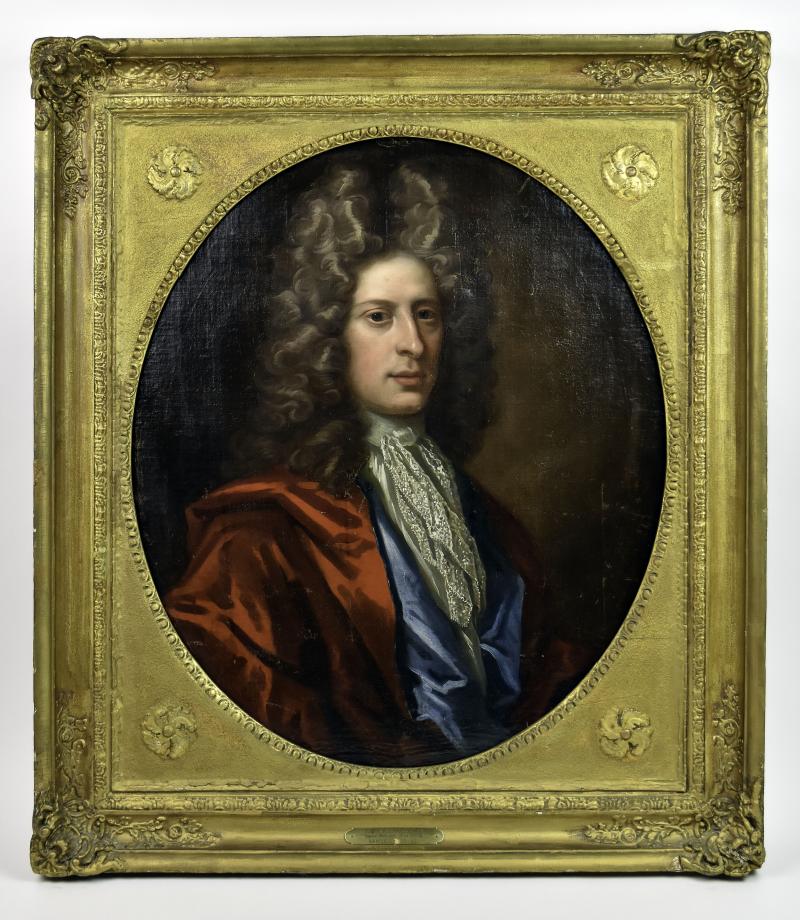DU Provenance Research Conducted in Fall 2020 Art History Practicum
Provenance Point of View Pt. 1

FIGURE 1: Portrait of John Locke by Sir Peter Lely, 1660. Image courtesy of the University of Denver Art Collections.
After a holiday hiatus, we are launching our new social media hub with a series of posts on provenance research efforts at the University of Denver, carried out by museum studies graduate students in the School of Art and Art History.
Through this painstaking research, museums, libraries and other cultural institutions trace the ownership history of an object, indicating who owned it in the past, when transfers of ownership or possession took place, and whether those shifts might include an illicit event (theft, illegal excavation) or transaction (forced sale, trafficking). In some cases, evidence of a troubled past and rightful owners can lead to restitution or repatriation. On a broader level, provenance research enables museums to better understand their own collections and find new ways to tell objects’ stories, or biographies, taking viewers on intellectual journeys across oceans and time.
While provenance research is central to Codes of Ethics established by professional associations and individual museums, there are few opportunities for aspiring curators and other museum staff to learn how to conduct this specialized research. The Center for Art Collection Ethics (ACE) offers such training to DU and non-DU students—watch for our upcoming virtual program on Nazi-era art in August 2021.
In addition, some DU students are gaining this experience through the graduate art history program. One requirement for MA candidates is a history research practicum focusing on American art. Students carry out exercises in biographical, object-oriented, digital and archival research, and work collaboratively to share resources and ideas.
In fall quarter 2020, Assistant Professor Sarah Magnatta shifted the course focus to provenance research in University Art Collections, which over time have accumulated items that lack prior ownership information. Curator of University Art Collections Geoffrey Shamos and Collections Manager Nessa Kerr helped Magnatta select a variety of pieces for which research was needed, allowing students to choose a piece that piqued their curiosity.
Among the researchers was first-year graduate student Alexandra Sheeler. She chose to study a portrait of John Locke painted in 1660 by artist Sir Peter Lely, a gift from DU History Professor Emeritus Michael Pulman. Alexandra recounts that she made “a variety of discoveries that would bring the importance of this painting to light.” We will focus on Alexandra’s findings in our next blog post—stay tuned!
The information gathered by students will be added to physical and digital files on the objects, crediting them for the research. There are multiple benefits to this approach: the students gain research skills, the University gains important information about its collections, and by making this information public, DU also fulfills a mission to hold items ethically and transparently.

FIGURE 2: Inscription on the back of Portrait of John Locke by Sir Peter Lely, 1660. Image courtesy of the University of Denver Art Collections.
We will dedicate our next few blog posts to the provenance research being done by DU graduate students. Information on our training programs is available on the training page of our website. Watch this space!